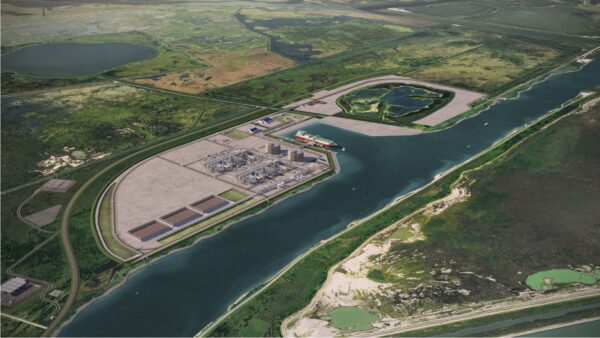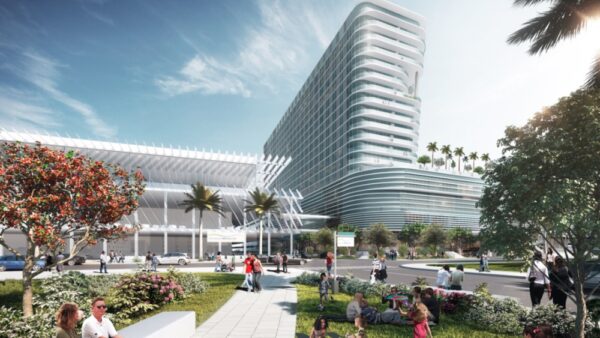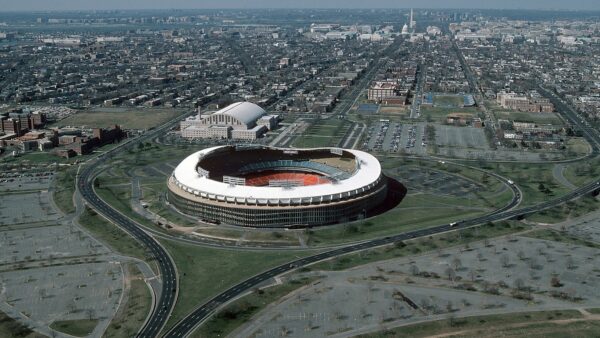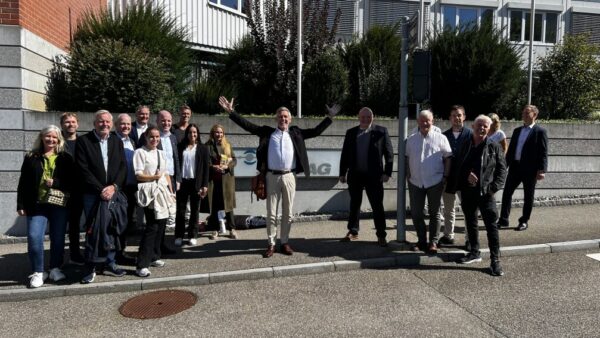A product called LifeArk has been created for disaster victims which can be located either on land or water.
The pre-fabricated, modular housing system is built by being snapped together and can be fully built by unskilled labourers with standard tools, and requires a quarter of the total building time of traditional construction.
The project can be 100% sustainable and its modular design is claimed to allow “infinite configuration options” to create a number of unique spaces, enabling the master planning of communities.
LifeArk modules are made with high-density polyethylene (HDPE) filled with polyurethane foam, providing structural integrity and insulation.
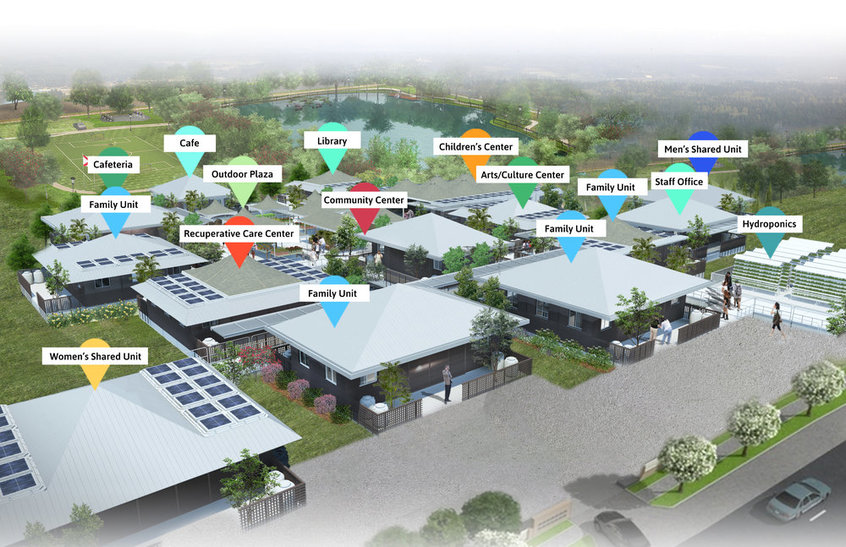
Those behind LifeArk imagine a community with shared facilities such as a health centre, school and farm that are connected modules.
LifeArk also say that their product could be used as an alternative to sprawling slum housing, those living near floodplains and the homeless community.
The life expectancy of the modules is between 20-30 years and are maintenance free.
GDS Innovation Lab, the social innovation R&D arm of American headquartered firm GDS Architects, designed the project.
Charles Wee, head of GDS Architects, says: “There are hundreds of millions of people along floodplains around the world who live under threat.
“(The modules are) like LEGOs, you just ‘click, click, click’ and you can bolt the parts together.
“They all fit together in a shipping container and can be transported to site.
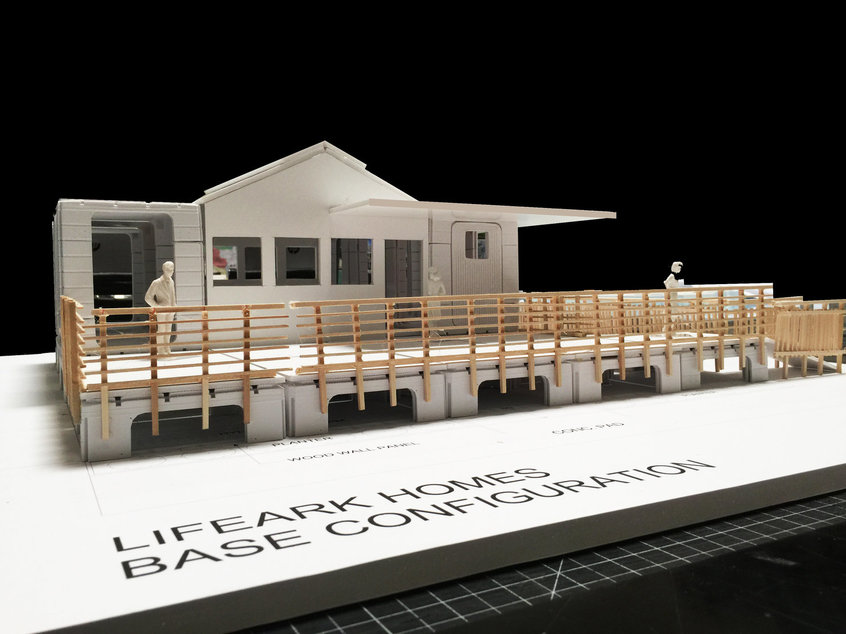
“While manufacturing is being done we would prep the site, and then it’ll be easy to bolt the module on top.
“All the machinery will be inside already so the only skilled labour needed on site is connections to sewers. But there’s also the option for 100% off-grid capability.”
LifeArk prototypes will be built on a lake and attached to a hydroponic farm in Texas in March 2018.
Images courtesy of LifeArk





